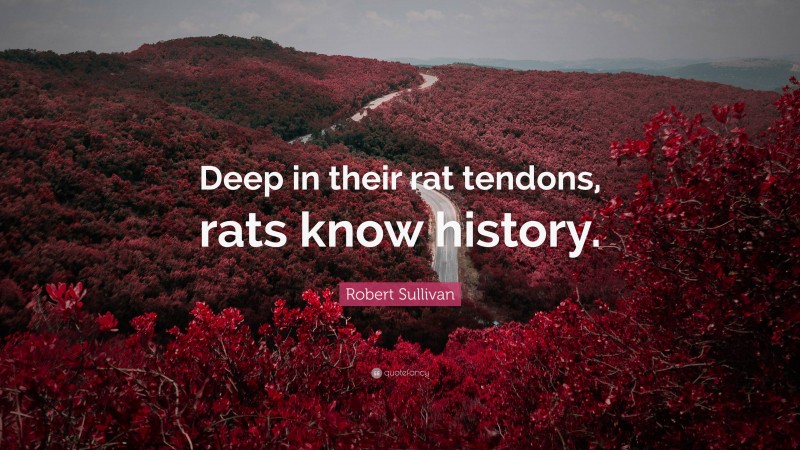
Shakespeare, for instance, seems to have worked the idiom into Hamlet as both a motif representing human sin and a principle of story structure. Indeed, from the Chinese zodiac to Shakespeare’s plays to Fast Times at Ridgemont High, human stories have always been, like human cities, infested with rats.Īnd yet the idiom always refers to human rottenness.

The indelible association between us and “our mirror species,” the rats, has according to Sullivan given them a “perverse celebrity status” in our culture. There will probably be rats on the moon some day and rats on Mars, weird ones living below us in tunnels and sewers, hiding and stealing and doing whatever they must to survive.

Robert Sullivan observes in his book Rats: Observations on the History and Habitat of the City’s Most Unwanted Inhabitants, “Rats live in man’s parallel universe, surviving on the effluvia of human society they eat our garbage.” That reflects a central fact of rats’ existence: with the possible exception of dogs, no mammal depends more on humanity than the rat. What’s more surprising, perhaps, is that across the globe and across literary history writers not named Ratner have expended so much ink on rats. With a name like Ratner, it’s sometimes hard to avoid. Few city dwellers can be expected to regret it.īut I’ll still be thinking about rats. As vaccinations restore dining and travel, replenishing the old rat supply chains, rats will presumably return to their accustomed, more secretive lifestyle. The cessation of normal commerce deprived city rats of dietary staples like restaurant refuse and subway litter, and hungry rats came up in search of something to eat. It seems that when people went into hiding, rats came out.

Rats on the sidewalk in the middle of the day: just another sign that the COVID-19 pandemic turned life upside down.


 0 kommentar(er)
0 kommentar(er)
